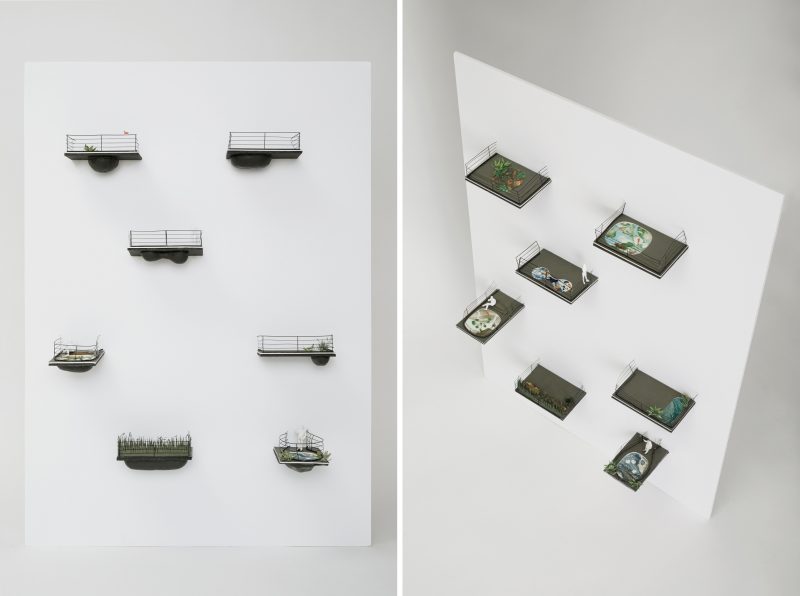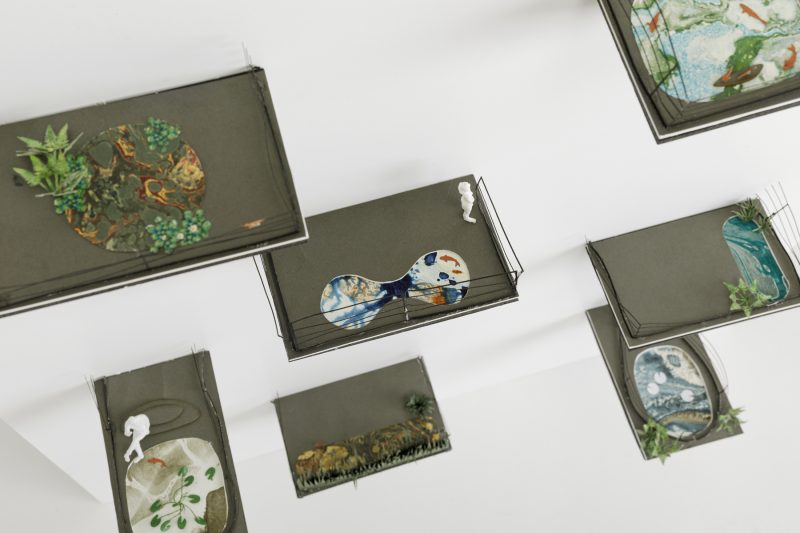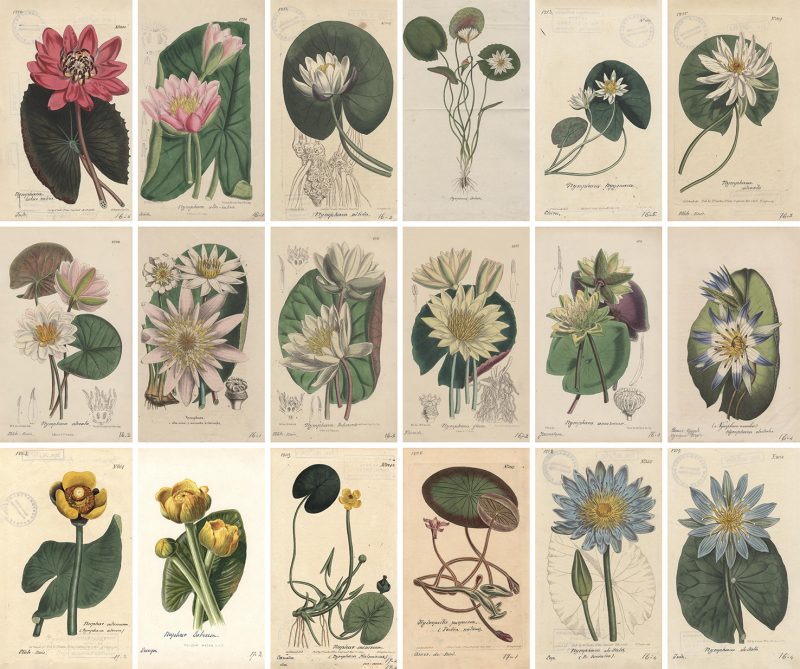As a living material of architecture, greenery undergoes constant transformation, changing cyclically, along with the seasons, but also burgeoning or dying out. This encourages us to change our temporal perspective when we design with a view to the life tempo of greenery. Greenery also contributes to creation of the microclimate of the spaces we inhabit. For CENTRALA, a point of departure for cooperating with vegetation was to recreate a pond in a concrete basin and to exploit plants’ capacity for cleansing water. CENTRALA noticed that over the past 30 years, aquatic plants had disappeared from Warsaw, and along with them knowledge of hydrobotany, and the microcosms of ponds were replaced by sterile, chemically cleaned basins or empty troughs.

Balconies with Pond Troughs. Photos Michał Matejko
By recovering former ponds or introducing new, aerial versions of them on our balconies and roofs, we can influence the urban microclimate on various scales. By treating hydrobotany as a component of architecture, we create living spaces for many creatures, and ourselves live amid dynamic matter in the cycles of annual transformations.

Balconies with Pond Troughs
An inspiration–a rich variety of aquatic vegetation.

“Curtis’s botanical magazine” 1801-1883; F. Edward Hulme, “Familiar wild flowers figured and described”, London, Paris, New York 1878-1905; Flore Tropicale. Iconotheca botanica ks. Władysława Michała Zaleskiego, 1827; “La Belgique horticole, journal des jardins” 1851-1885; „Deutsches Magazin für Garten-und Blumenkunde”, 1852; CC BY-ND www.ogrod.uw.edu.pl/floratheca
The concept for spacious prefabricated elements arose during the Spring 2020 pandemic lockdown and it was published in “A&B” magazine 2020 no. 6.